
Josephine Baker was a legendary performer in the 1920s, really hitting her stride as the Jazz Age roared into full swing. Her movements would mesmerize artists and audiences alike. The silent film Siren of the Tropics, released in 1927, made her a star and a historical treasure as the first black woman to act in a major motion picture. But this renowned dancer and actor was more than just an entertainer.
She was a formidable force of nature, not to be reckoned with, who used her fame, status, and opportunity to fight for the rights of others every chance she got. While she is known by many names, like the Creole Goddess of France, the Black Pearl, and the Bronze Venus, today we'll be taking a look at Josephine Baker as the Siren of the Resistance.

(By Studio Harcourt, Wikimedia Commons)
Baker was born Freda Josephine McDonald in St Louis, Missouri. There are varied accounts of whom her birth father is, and her mother struggled to make ends meet. Much of her time as a child was spent wandering the streets disheveled and hungry. To help her mother, she took a job as a live-in servant for different families for a few years, despite receiving abuse from some of her employers.
By the time she was 12, she had quit school completely and the following year she found a job as a waitress at a club, where she would meet her first husband and then marry and divorce him within the year. But the short-lived marriage helped her turn her street dancing from a solo act into a group performance.
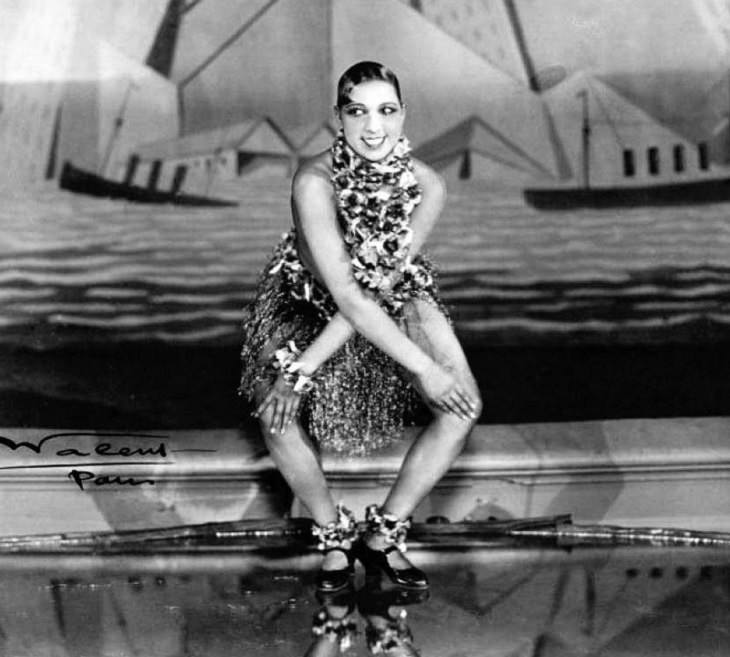
(By Walery, Wikimedia Commons)
By age 15, she was making her way to the top vaudeville and Broadway shows. She eventually became the high paid chorus-line girl in vaudeville. She also met her second husband, Willie Baker, who gave her the surname that would never leave her, even after he did. Her mother, who disapproved of her career choice, always tried to push her to move to Paris.
A new venture in 1925, when Baker was only 19, happened to take her to Paris. She fell in love with the City of Love, and to her credit, the city loved her back. Her exotic dancing became an instant hit.
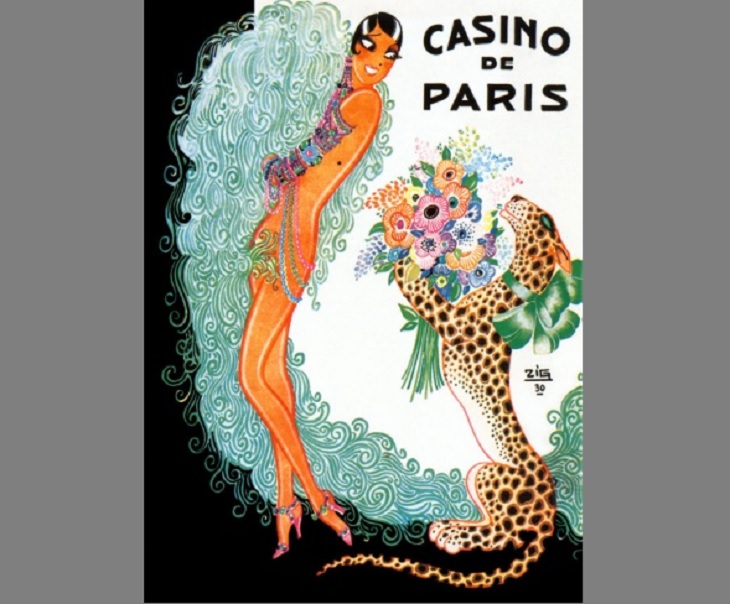
(By Louis Gaudin, Wikimedia Commons)
Her successful years saw the creation of iconic performance art, from dances performed in skirts made of artificial bananas strung together, or costumes made entirely of flamingo feathers to numerous appearances alongside her pet cheetah Chiquita, another beautiful beast in its own right, gifted to Baker for its ability to so perfectly complement her loveliness.
In France, Baker began to gain immense fame, inspiring painters like Pablo Picasso and alluring writers like Ernest Hemingway into her company, who once called her "the most sensational woman anyone ever saw".

(Flickr)
She broke boundaries as the first African American celebrity to visit Yugoslavia. This was after starring in the famous film Siren of the Tropics. She began her illustrious foray into philanthropy by donating some of the show's profits to impoverished Serbian children.
Many of her shows outside of France, however, were eventually canceled as a result of official complaints and moral policing, despite her having a solid fan base in nearly every place she visited. American critics were also highly unreceptive of her talents, with many claiming that anywhere other than Paris, her performances could have easily been outshined.
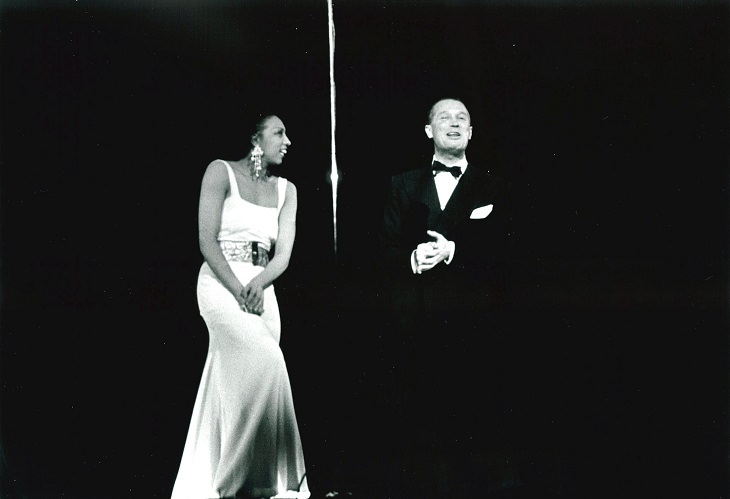
(Flickr)
Of course, the critics being critical didn't stop her alluring beauty and overflowing charm from mesmerizing most people in front of which she had performed. In the 1940s, Baker found herself on the guestlist for numerous social gatherings all across the globe, most of which she happily attended or made polite appearances at.
As Hitler gained more power and the Second World War began to turn the corner, coming in at a great speed, Josephine Baker, along with numerous other Parisians, fled to other parts of France and away from the city condemned by the Axis forces. In fact, Josephine Baker had been referred to by Hitler in his autobiography as a black devil, representing everything he was so staunchly against.
It was during this period that she had been staying in her home in the French countryside that she was approached by the French Resistance. The French counter military intelligence was looking for people who could engage in espionage and gather intelligence on Nazi forces. Baker, who had relinquished her American citizenship by that time and became a French citizen, was more than ready to help her adopted country, and to payback for all the love and success it had granted her.

(By Harry Pot, Wikimedia Commons)
Baker opened her home to people working with the Free French forces and other members of the French Resistance. She gave them shelter and helped them to get visas. As a popular guest at dinner parties, Josephine Baker visited embassies and attended parties at the homes of high-level Axis officials all over the world. She gained information on the movements of German troops and Axis forces, the status of various harbors, airfields, and military bases, and many other important details that aided immeasurably in the resistance efforts.
She would write information on her arms and legs or on small chits pinned to the inside of her underwear, banking on her celebrity status to keep her safe from strip searches and prying eyes. She continued her efforts with the resistance in North Africa, Spain, and even performed in entertainment tours for Allied troops across the globe.
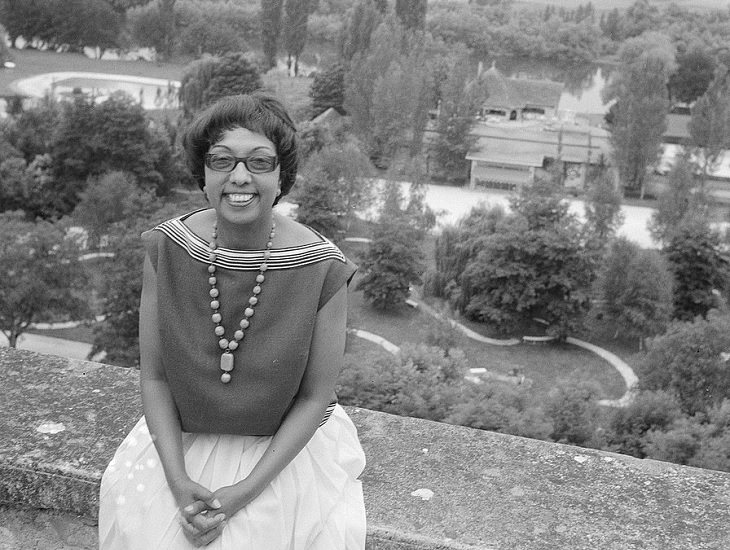
(By Jack de Nijs, Wikimedia Commons)
Eventually, the Nazis got wind of her secret agenda and hidden operation and visited her country home. At the time, she was sheltering a number of French Resistance troops but still managed to smooth-talk the Nazi agents that had come to survey her home. However, this incident left her a bit shaken and she decided it was time to leave France and continue her work with the Resistance elsewhere.
She and the head of the French counter military intelligence then traveled to London together, carrying nearly 50 concealed classified documents and intelligence information. Baker's information was carried in the form of sheet music with the intelligence info written in invisible ink.
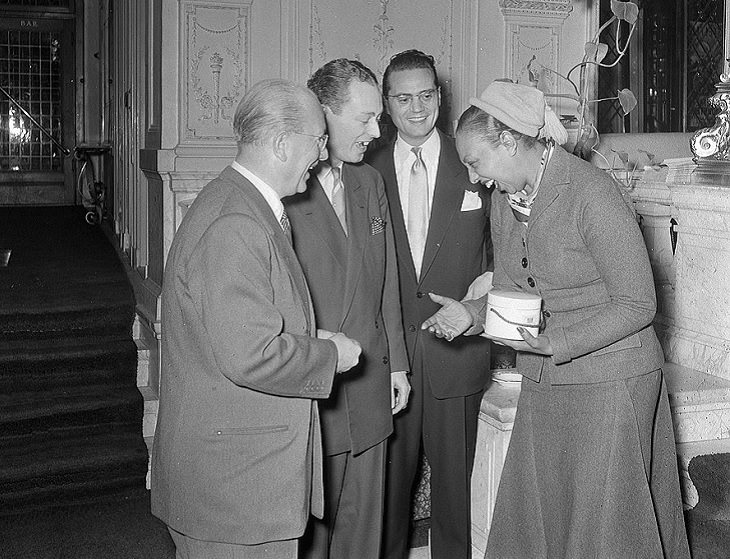
(By Daan Noske, Wikimedia Commons)
Her efforts and the efforts of the Free French Forces together aided in the eventual collapse of the Axis empire. On D-Day, when Paris was finally liberated and Parisians were free to return to the city they loved, Josephine Baker did not wait long to go back. To show her love and support for the city that took her in, she returned wearing her military uniform.
Those who had not been able to flee the city had faced immense hardships and suffering at the hands of occupying Nazi forces. Seeing the disheveled and decrepit state of affairs her people were left in, she raised money to feed, provide clothing, and a warm shelter for people by selling her jewelry and other valuables.
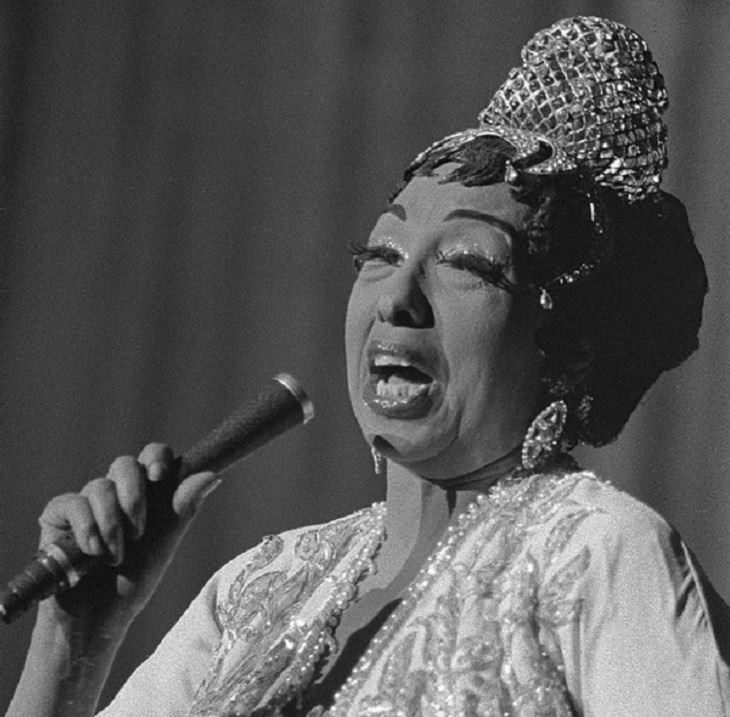
(By Harry Pot, Wikimedia Commons)
At the end of World War II, Josephine Baker emerged as still the finest performer that France ever entertained, but also as a powerful weapon and a hero of the Resistance. Though her dances will always intoxicate, it was her heart and her bravery that truly mesmerized the world. For her efforts, she was given the highest merit awarded for both military and civilian action, the Rosette de la Résistance as well as the Croix de Guerre.
Her fame and success as a highly-skilled dancer, singer, and actor continued to rise and she also made waves in the Civil Rights Movement, refusing to perform for segregated audiences and taking people up on charges of racism. Her 50-year long career of art, wonder, and bravery ended with her passing in 1975, when she was 68. Her words, deeds, and constant strive to do good for others will live on forever in her story.
Share the story of this fierce fighter with your friends and family.